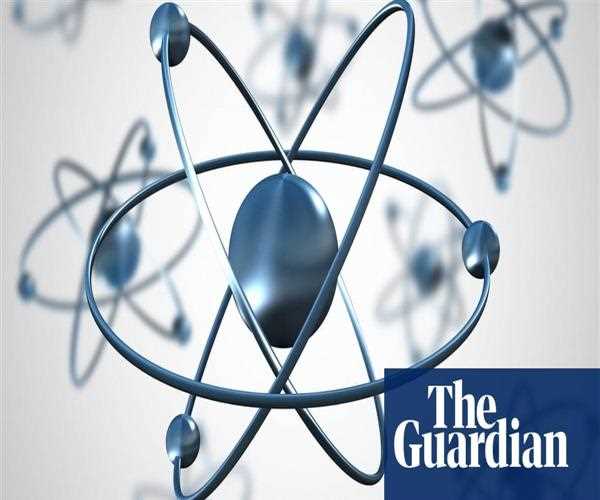
The life of an atom
We all are living in a dynamic society where everything is changing day by day and this Changement is sometimes seems like the regular process for everyone, but this is not true because the
universe changes according to the situations and many acts happen to like the coming
Tsunamis, and another natural calamity.
If we observe nature we can see that how it changes. It works according to the time changing in the name of
technology, natural changes, deforestation, human living, etc.
Everything in nature is made up of the smallest particle and that is called the
Atom. Our body is also made up of cells and those cells
contain atoms in them. And if we further distribute the atoms then we can find that there are also subatomic particles electrons, protons, and neutrons.
Generally, it is used to say in our society that everything is in a good state as much as it is in its
balancing state, once the balance of that state is disturbed the system will collapse and it will not work in good condition.
Atom also has a balance between electrons, protons, and neutrons. The balance in the system makes him stable and united but if the balance in any part of it is disturbed the structure of the atom will get disturbed and it will remove the defective part and then it will try to resemble the structure in the left material. In this process,
some part of the atom is decayed and the rest part will be called the new
structure of the atom.
Here in the above example, the decay that happened is known as
radioactive decay. And by the multiple processes of this decay will lead to the ending of the atoms.
The distribution of the subatomic particle into many particles is the reason for the ending of the atom and this process will continue further.
Example
Bismuth-209 is believed to have the longest decay rate which is estimated to be a
billion times the age of the universe. It means we can say that the age of an atom is in the billions in numbers.
Read more